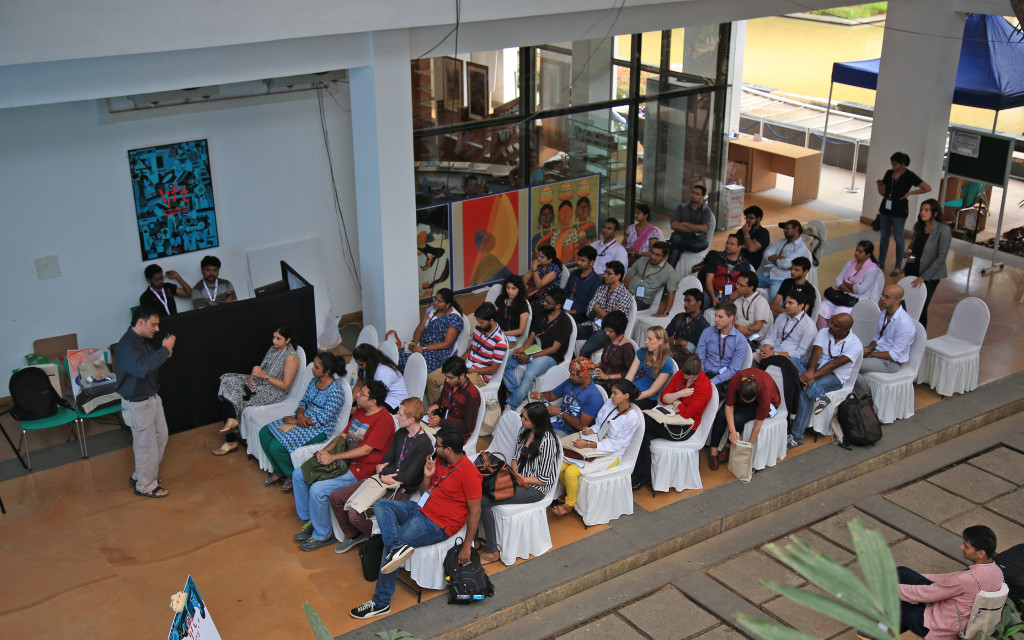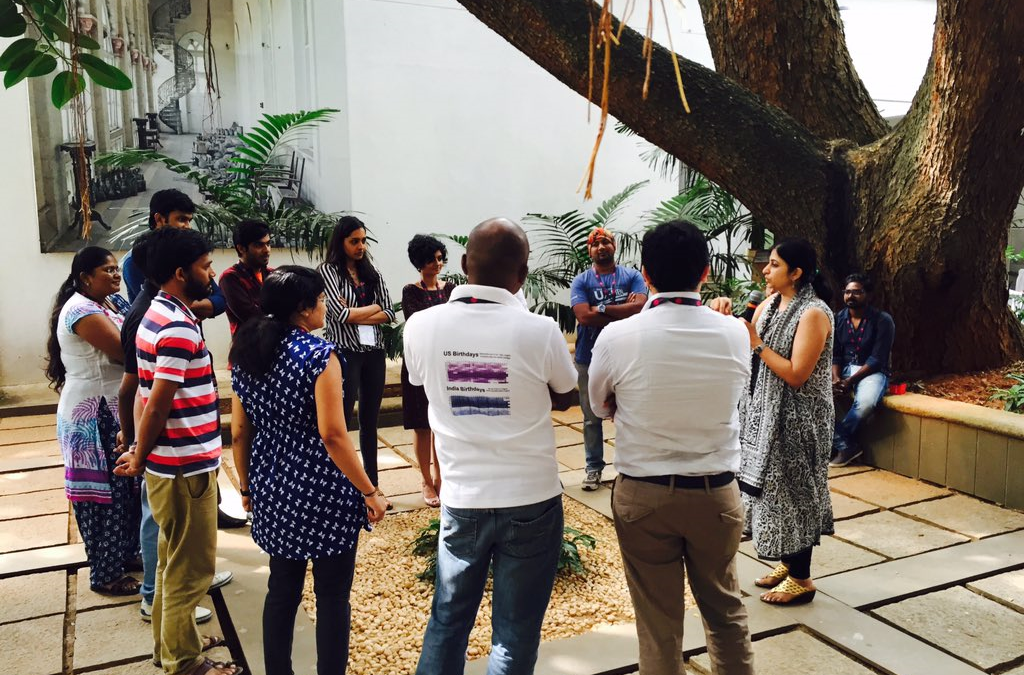By Rebecca Carlson
We’ve all seen renditions of Hollywood movies that depict our protagonists’ breakthrough moment where suddenly the clouds part, revealing blue skies and sunshine, and miraculously they know exactly what it is they are meant to do. For architect Seema Anand and entrepreneur and architect Prashant Dhawan of Biomimicry India, that revelation came in the form of a lecture. The duo describes their first encounter with biomimicry at a sustainable urban futures lecture given by Peter Head as an “aha” moment.
Seema recalls, “It was a kind of epiphany after which nothing else made any sense and pursuing biomimicry as a way of life and a career was what most interested us.”
Like any good story however, Seema and Prashant would face challenges, namely introducing biomimicry in their home country, India, and developing a steady funding stream for this newly emerging practice.
To build momentum around biomimicry in India, the two founded Biomimicry India and the Biomimicry India Network, in order to spread awareness, build a team, and grow the movement locally. In the past few years, they have conducted a number of free public events, given talks and workshops at premier academic institutions in their home city of Bangalore and throughout India, and created a thriving social media presence on Facebook, LinkedIn, and Twitter.
“After three years, the basic frameworks now seem to be falling in place,” they said.

Photo: Biomimicry India
Seema and Prashant’s efforts are beginning to yield results. In the last three years, they report a significant increase in awareness and visibility of biomimicry among Indian architecture, design, and engineering schools, especially in Bangalore. The two note that much work still needs to be done to increase awareness through academia, government, and in partnership with other professionals, in order to create a more receptive climate to biomimicry as a design approach.
In 2015, Biomimicry India teamed up with the Srishti Institute of Art, Design and Technology to create a biomimicry lab.
“We felt that it (the partnership) would be resource efficient, given the severe restraint on personal resources and need of a multidisciplinary ecosystem, to create a platform in an established institutional environment,” said Seema and Prashant. “Such a platform would also facilitate joint research, fundraising, and creating partnerships with other institutions.”
They had conducted a few very successful biomimicry workshops at the Srishti Institute and so they approached the school about incorporating a biomimicry lab there. The goal is for it to be a “living lab,” which evolves based on the needs and feedback of all partners and students involved.

Photo: Biomimicry India
When asked about the biggest challenges they are currently facing, Seema and Prashant explain that one of their most immediate support needs is a fellowship or research grant so they can conduct research and create content based on the feedback they’ve received after having reached out to over 1500 students and 200 faculty in various institutions in Bangalore, Delhi and Hyderabad. They are also looking to develop revenue-generating projects or grants that are aligned with biomimicry practice, research, teaching, or consulting.
Seema and Prashant also hope to contextualize biomimicry into the Indian perspective by aligning their work with the Indian government’s smart cities and smart manufacturing initiatives, “100 Smart Cities” and “Make in India.” Prashant recently authored an article about biomimicry and the ‘smart’ Indian city that argues that the ‘smart’ cities work being done in India needs to include biomimicry to truly be successful.
As biomimicry builds momentum in India, Biomimicry India plans to organize more seminars, workshops, summits, and outreach activities to encourage the exchange of ideas. They hope to one day create a multidisciplinary platform for collaboration between designers, biologists, engineers, and innovators to co-create sustainable solutions inspired by nature.
About the author:
Rebecca Carlson is a program assistant at the Biomimicry Institute. Prior to her current role, Rebecca worked in a number of capacities around the world. Most recently she kept bees in the Peruvian Amazon, conducted environmental education outreach in rural Central American communities, followed legislation in the Vermont statehouse, and coached a youth bike program in Seattle, Washington. She has a BS in environmental policy from Champlain College, where she spent her undergraduate career working as the college’s sustainability liaison.

